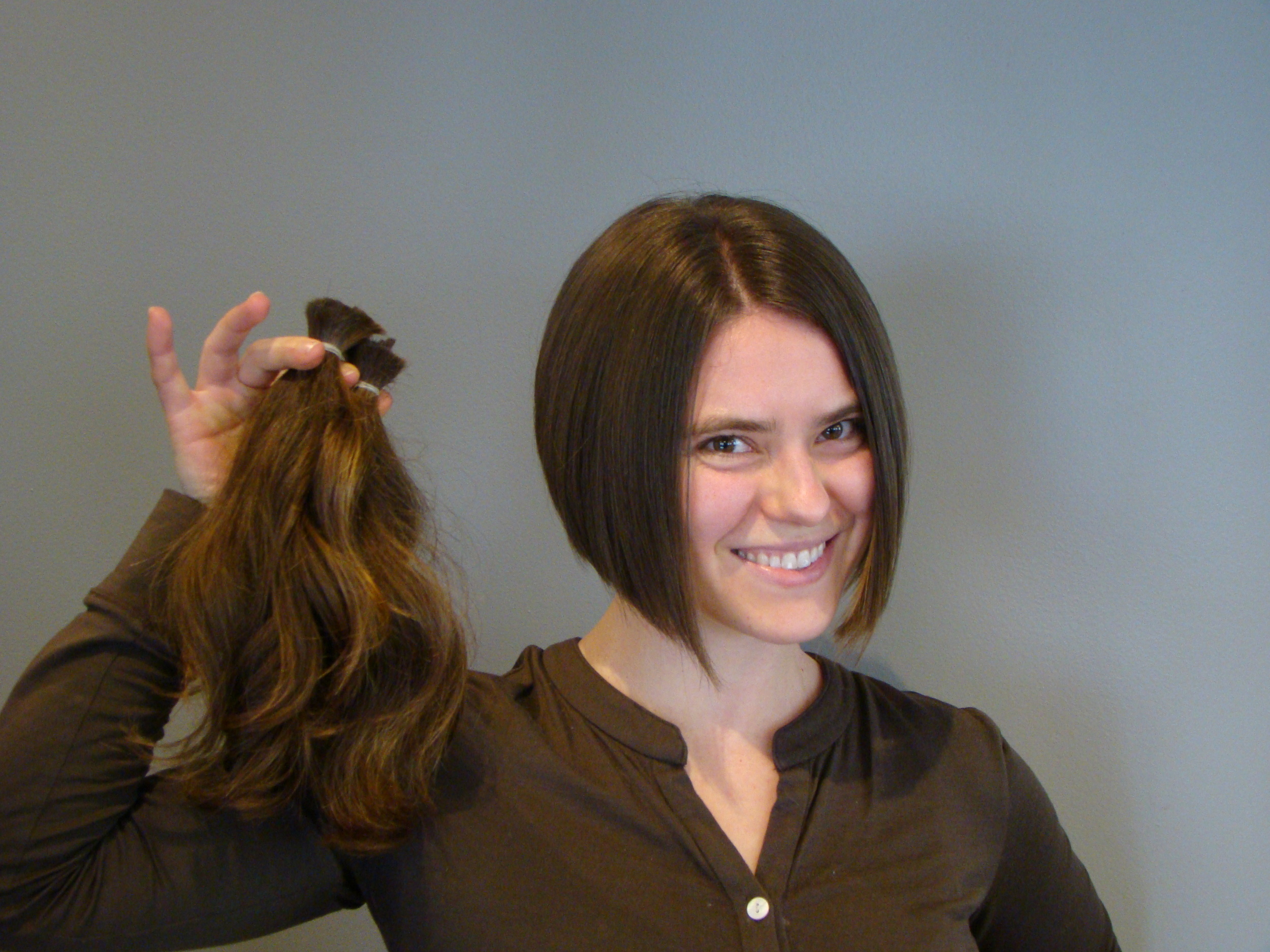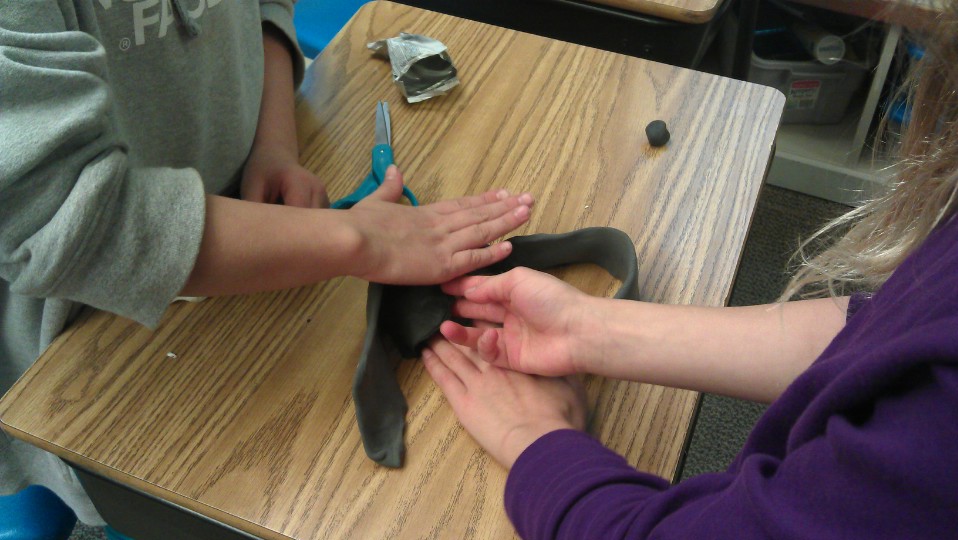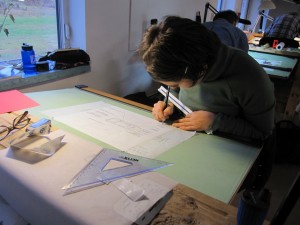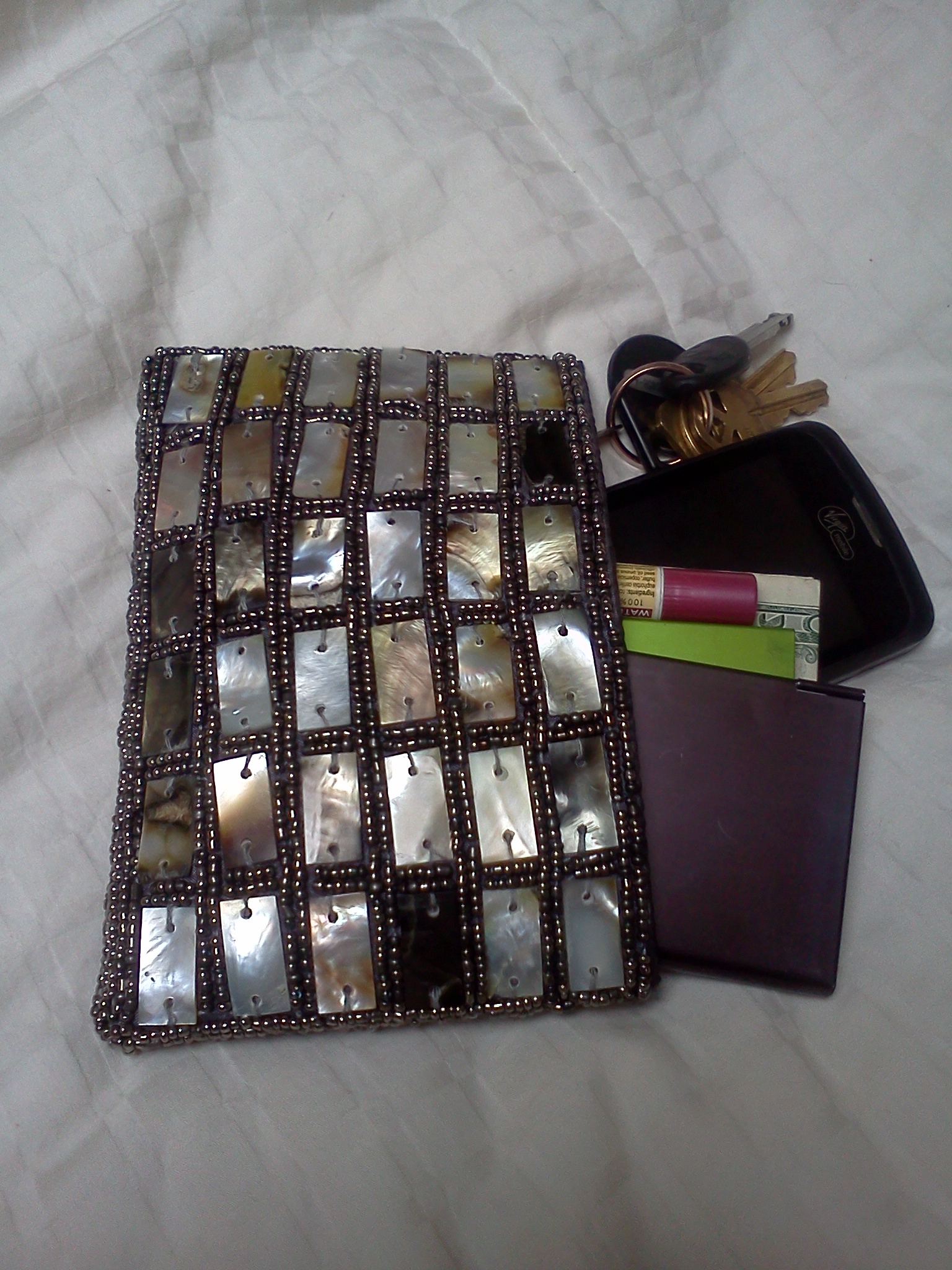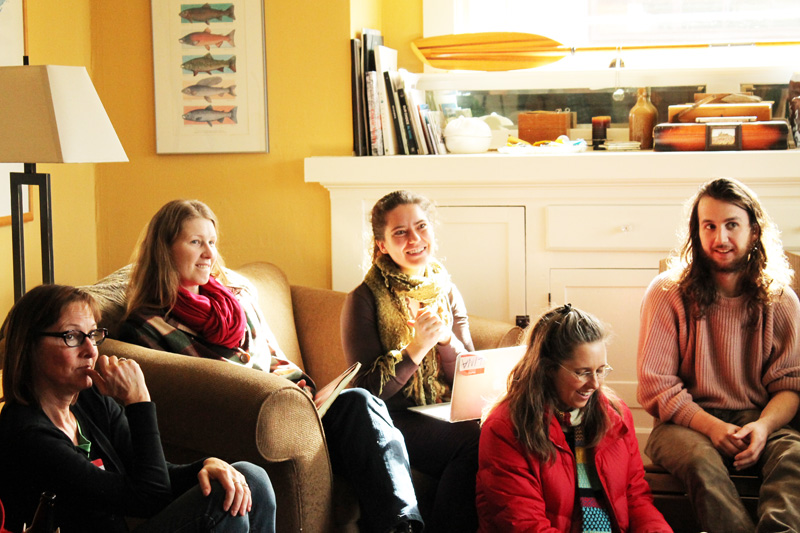 When I was a little girl, my grandmother’s friend Maria told me “Your hair is so beautiful. You could sell it.” She should know. She was a German gypsy and she was kidnapped for her beautiful hair when she was a child. Her captors drug her out to the chopping block and released her only after hacking off her think, long hair.
When I was a little girl, my grandmother’s friend Maria told me “Your hair is so beautiful. You could sell it.” She should know. She was a German gypsy and she was kidnapped for her beautiful hair when she was a child. Her captors drug her out to the chopping block and released her only after hacking off her think, long hair.
I squirmed when I heard Maria's story and had no interest in selling my hair. But years later I learned about Locks of Love, a company that uses donated human hair to make wigs for children with cancer and alopecia areata. I was considering a career in medicine and, through a job shadow with a dermatologist, I had the opportunity to meet a woman with alopecia areata. She was frustrated by the disease, but I was impressed by how confidently she carried herself. I could only imagine how hard it would be for a little girl who had not yet developed this woman’s poise.
So as a high school student I donated 10 inches of my hair to Locks of Love and sported a bob. A couple years later, as a sophomore in college, my long hair was once again getting unruly so I donated ten more inches. The stylist at the salon gave me a free hair cut when she found out that I was donating. She told me, “Some little girl will be very lucky to get your hair. You should keep donating as long as you’re able!” I grinned at my new chic haircut in the mirror and joked, “Yeah, I guess my hair is a renewable resource!”
So I kept donating. I donated my hair to Locks of Love again right after I graduated from college. Then again three years later. And again three years after that.
Today I made my sixth donation to Locks of Love! I went to my favorite stylist, Sadie at Eclipse. Sadie had to separate my hair into pigtails to chop them off since we wanted to maximize the length. Now I have a cute new doo for spring. Sadie is fabulous, isn't she? My hair will go back to its wavy ways as soon as I wash it again, but it's fun to have a chic look as I head out for my much-anticipated spring break tomorrow morning.
Six donations has been my goal ever since donation #3. They say that it takes between six and ten ponytails to make a wig. My hair’s thick, so I’m going to assume it would take six of my ponytails to make a wig. So I've taken really good care of my hair so that I could keep donating. I’ve given myself permission to do whatever I want with my hair after this donation. I might keep it short or dye it purple. I might even grow it out and donate it again. I’ve noticed that with grad school a few silver strands have worked their way into the mix. I won’t be able to continue contributing to wigs forever. Eventually my hair will change and it won’t work for wigs anymore. (But Locks of Love assures us they still accept donations of grey hair and sell it to off-set the cost of manufacturing wigs.)
I’m (almost) 62” tall (5’2”). In the past 15 years (half my lifetime) I have donated 60” of hair. So I’ve donated (almost) my height in hair. I think that’s pretty cool. I’m grateful that I’ve been able to share a little bit of myself in this strange way.
Human hair is a precious renewable resource! Have you ever donated? If so, what was your experience like?





